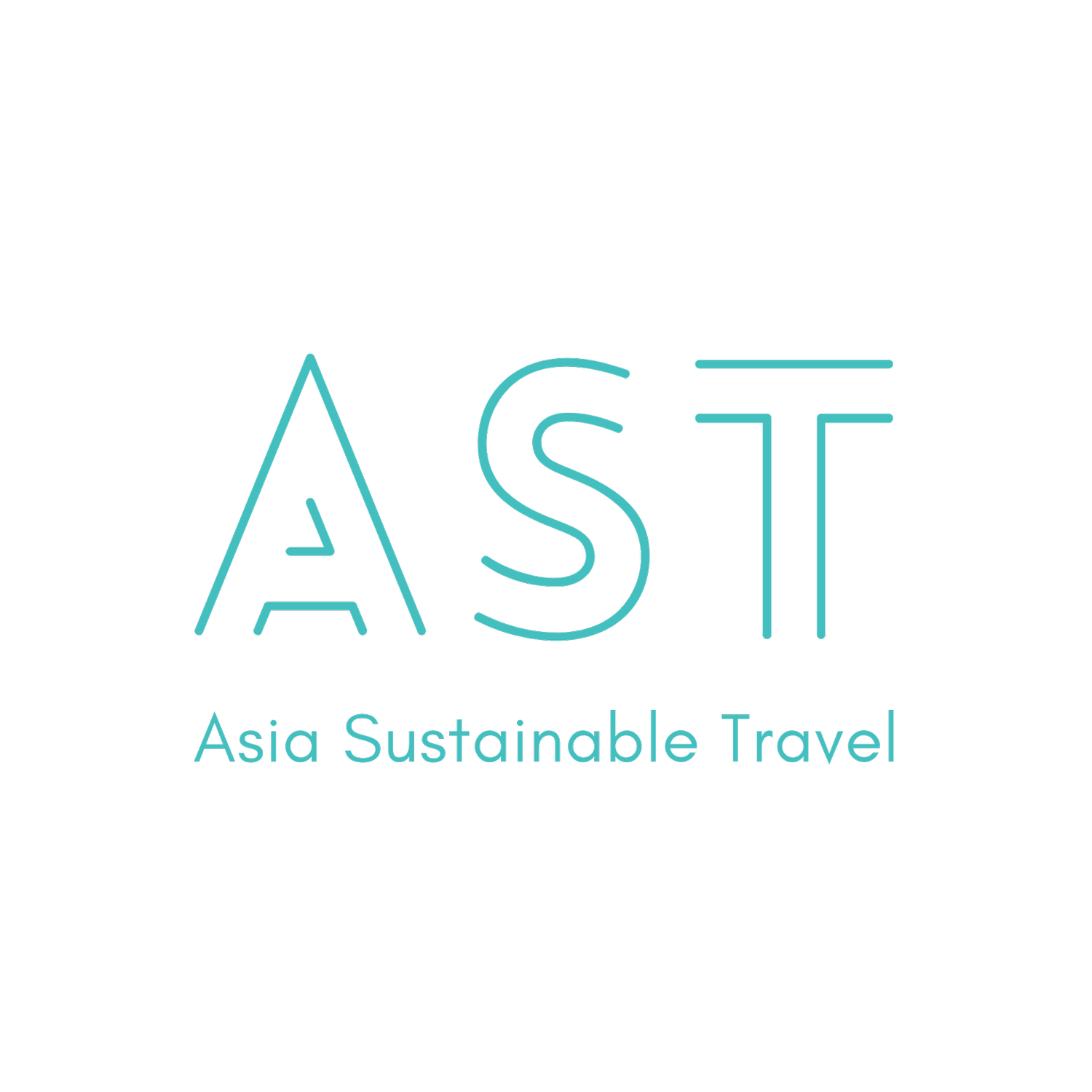Four Key Considerations for Sustainable Travel Brands to Engage with Asian Travelers.
Co-Founder Jeremy Tran delivered this presentation at The Long Run’s Annual Meeting 2023 at Nikoi Island
Asia is home to nearly 60% of the global population, and is set to take the center stage in global tourism, thanks to its growing middle class.
According to an OECD's report, it is projected that by 2030, around 3.5 billion Asians, which is equivalent to roughly 40% of the global population, will join the middle-class ranks.
What this means is that nine out of ten people joining the middle-class rank from now until the end of this decade are from Asia.
For the sustainable tourism movement to make any seismic change globally, it would be completely counterintuitive to disregard Asian travelers in the conversation.
But what does Asia’s emerging middle-class want?
There has been a paradigm shift in consumer and traveler preference in recent years.
The Asian travel market landscape is very diverse, colored by a multitude of languages, traditions, and cultural backgrounds.
But there is one thread that binds this multifaceted market. And it is the escalating concern around climate change.
A 2023 survey by consulting firms Kantar and dentsu revealed that nearly 90% of surveyed consumers of 12 Asian countries and territories express that they are ready to purchase more eco-consciously and responsibly.
But overall only 17% are actively changing their consumption behaviors. The top 6 cited barriers are:
limited reliable information
low variety of eco products and services
hard-to-verify information
concerns about cost
poor user experience
lack of rewards
For travel brands and destinations to capture this unprecedented opportunity to scale impact, I would like to highlight top 4 considerations to factor in to engage with Asian travelers.
1. Local sustainability concerns can dictate how Asian travelers decide on their trips.
Sustainability or sustainable travel means differently for every country, every community. In a continent as vast and diverse as Asia, it is inevitable that there are different levels of awareness and priorities related to this intersectional issue.
Broadly speaking, the issues that are considered a priority are those that impact people on a personal and local level.
For example, greenhouse gas emissions are the top concern for people in Singapore, while addressing health-related issues is the number one priority for Chinese people.
This means, destinations and travel brands should not underestimate the “Pollution-Induced Travels” phenomenon where many Chinese choose where to visit based on the clean air index.
A 2023 study highlights that over 50% of surveyed Chinese travelers rank a retreat as their number one type of vacation.
Having said that, by knowing the sustainability concerns of a source market, travel brands and destinations can create bespoke experiences that pull at the heartstrings of their target audience.
2. Asian travelers increasingly want slow travel and prioritize multi-generational trips.
According to a survey by a Singapore-based research firm BlackBox conducted during the pandemic, 9 out of 10 Asian travelers said that they would prioritize a holiday centered on eco-consciousness and wellness.
And whenever possible they would choose luxury and 8 out of 10 prefer small and local businesses over bigger chains and franchises.
This is in line with a Google Travel & Vertical report that indicates a marked increase in searches for vacation rentals in Asia Pacific markets. This is a clear sign that Asian travelers prefer longer trips and private accommodations.
So it is no surprise that Airbnb is reportedly double downing their investment in the region for years to come.
3. A small but growing number of Asian governments begin and continue to leverage sustainability to attract inbound travelers.
Last year, the Singapore Hotel Association (SHA) and the Singapore Tourism Board (STB) announced the launch of the Singapore Hotel Sustainability Roadmap, which includes the goal of reaching 60% of hotel room stock to be certified by GSTC-Accredited Certification Bodies by 2025. Singapore will be in the spotlight when the country hosts the GSTC Global Conference 2024.
Bhutan, known for its low impact and high value tourism model, has reduced the daily tourist fee by half from 200 to 100 U.S. dollars in hopes of attracting more inbound travelers.
Mongolia is also in the spotlight for becoming the next popular destination for young travelers from Asia and around the world who are seeking wide open spaces. This is actually a byproduct of the Mongolian government’s deliberate marketing efforts in recent years. Nearly 50 percent of visitors to the country were under 40 in 2019.
In Japan, the Japan Sustainable Tourism Standard for Destinations provides indicators for municipalities and DMOs to benchmark their performances. The indicators are based on international standards outlined in the Global Sustainable Tourism Criteria for Destinations (GSTC-D).
4. India will be India, not the new China. The next China is China.
We cannot discuss travel in Asia without highlighting two of the region’s largest outbound markets.
A 2023 Skift Megatrend report said that “India was becoming the new China” in terms of being a major outbound travel market. It is because India generated Asia's highest outbound travel volume for the first time in 2022, surpassing China, South Korea, and Japan. It is also estimated that India's outbound market would surpass $42 billion by 2024.
However, I would argue that considering their unique culture, language diversity, and travel preferences, Indian travelers are far different from Chinese travelers.
On the other hand, due to China’s late opening up from pandemic-driven isolation, Chinese travelers continue to face visa application delay and low international air capacity. It is China’s golden week this week and the number of international departures is not as high as expected due to stated reasons.
And as a result, they are spending their holidays at home or in neighboring countries. If they travel, resorts, retreats, and road trips are their top preferred vacation types.
These two markets will continue to fuel the world’s outbound tourism in years to come. But tourism and hospitality companies must engage travelers of these two mega markets differently from one another. In many senses, it would be wise to treat each of these two countries as a collection of small-to-medium individual markets.
For example, young travelers living in Tier 1 and Tier 2 cities in China such as Shanghai, Shenzhen, and Beijing will be driving the country’s sustainable tourism sector whereas we will likely see Chinese tour groups coming from Tier 3 and 4 cities.
So, what's the takeaway for us?
For many Asian travelers, sustainable travel still means two things: paying a high price for inaccessible off-the-beaten track experiences, or staying at basic accommodations to minimize impact.
That perception must change. I believe that we can grow sustainable travel from the middle out, especially in Asia. Travelers will benefit from a wider variety of sustainable travel services.
For sustainability to become the travel industry’s norm, it must be accessible, aspirational, and fun.
The key is to build a network of diverse collaborators and allies to produce content, show up and speak about it at important discussions, platforms, and debates.
And more importantly, it’s about working with collaborators who know how to shift minds and change hearts of the tourism players, and also of the travelers.
As Charles Darwin once said, “It is not the most intellectual of the species that survives; it is not the strongest that survives; but the species that survives is the one that is able best to adapt and adjust to the changing environment in which it finds itself.”
MORE FROM ASIA SUSTAINABLE TRAVEL BRIEFING







